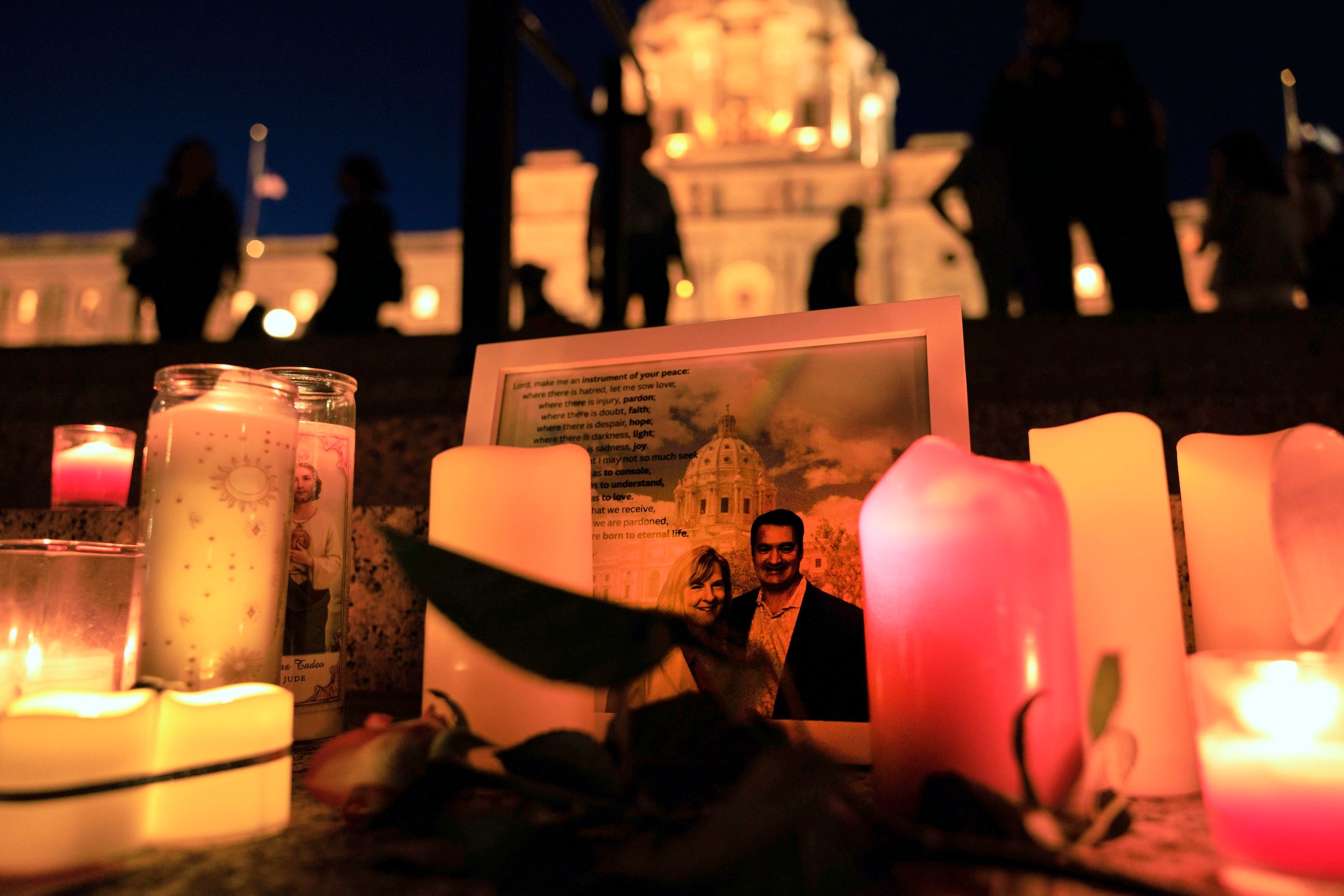In the fall of 2022, when I first started working at The Trace, I had the opportunity to attend the Association of Health Care Journalists’ summit on reporting on violence as a public health issue. During one of the sessions, Dr. Jessica Beard, a Temple University trauma surgeon and the director of research for the Philadelphia Center for Gun Violence Reporting, spoke about her work. She stood at the podium, tearfully recounted her experience of treating shooting victims, and shared how her work intersected with her research on media coverage of gun violence.
Last week, Beard and her team published two studies that analyzed how Philadelphia TV outlets frame their gun violence coverage, particularly examining systemic disparities and the use of a public health lens. Their findings show clear patterns in what types of shootings are overrepresented: shootings of children, mass shootings, and gun violence in communities with higher median incomes and lower rates of economic segregation based on race. Data has consistently shown that Black males make up the majority of Philadelphia gun homicide victims and perpetrators.
Framing news coverage through a public health lens, in practice, means including things like explanations of root causes and epidemiological context. However, the study found that this type of coverage was largely missing from Philly’s TV news, and airtime was instead largely taken up by episodic stories — frequently police images — focusing on a single shooting. The results showed that thematic framing was a more holistic approach, and included techniques that the researchers found less harmful.
Beard has led other research demonstrating the harmful effects of episodic framing of gun violence. In February 2023, The Trace’s Afea Tucker covered a report co-published by Beard illustrating the consequences of that approach: Gunshot victims said this type of coverage felt dehumanizing and traumatic, and some even said they felt their safety was at risk when specific details were published. But victims are not the only ones harmed by episodic frames; news coverage has been found to play a huge role in influencing public perceptions of various topics.
In recent years, the media has taken a close look at its approach to covering gun violence, after a long history of frequently enforcing techniques that relied on harmful racial stereotypes, sensationalism, and a heavy police presence. But Beard’s research shows that there is still work to be done in establishing a true public health approach in journalism. —Fairriona Magee, public health reporter
What to Know Today
The rate of firearms stolen from cars tripled between 2013 and 2022, making them the Number 1 source of stolen guns nationwide. This increase in thefts — averaging one every nine minutes — peaked during the COVID-19 pandemic, coinciding with a rising rate of gun ownership and recent laws that loosen firearm restrictions. [USA TODAY] (Data for this story was analyzed by Everytown for Gun Safety, which provides grant funding to The Trace. See our editorial independence policy here.)
A federal appeals court ruled that a law banning felons from owning firearms is unconstitutional when applied to those convicted of nonviolent crimes. The court ruled in the defendant’s favor because it said no similar laws existed in the 18th or 19th centuries, invoking the Supreme Court’s 2022 Bruen decision, which established a history and tradition test for gun laws. [San Francisco Chronicle]
Florida, which leads the nation in mass shootings, experienced another on Sunday morning that left two dead and two wounded in Tallahassee. It was the state’s 14th mass shooting of the year, on track with last year’s rate. Last month, there were three mass shootings in three days. [Tallahassee Democrat]
From January through March of this year, Virginia State Police arrested 529 people for trying to buy guns when they were legally barred from doing so. The last three years have each seen well over 2,000 such arrests. There are 15 officers stationed full-time in major population centers throughout the state to respond to transactions flagged by background checks. About 40 percent of arrests are made on the spot in gun stores. [NBC4 Washington]
Data Point
Nearly 62,000 — the number of guns stolen from cars in 2022. [USA TODAY]

